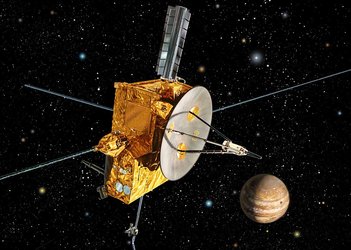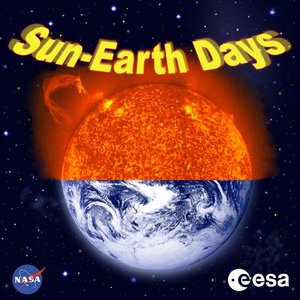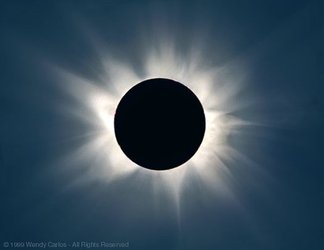Ulysses sweeps up more dust from Jupiter
During its recent second encounter with Jupiter, the ESA/NASA Ulysses spacecraft detected more streams of dust particles flowing from the giant planet.
The DUST instrument on board Ulysses first made this ground-breaking discovery in 1992 during its first encounter with Jupiter but, this time round, the observations include the most distant dust stream ever recorded - nearly 500 million kilometres from Jupiter.
Another unusual feature is that the dust streams occur with a period of about 28 days. This suggests that they are influenced by solar wind streams that rotate with the Sun.
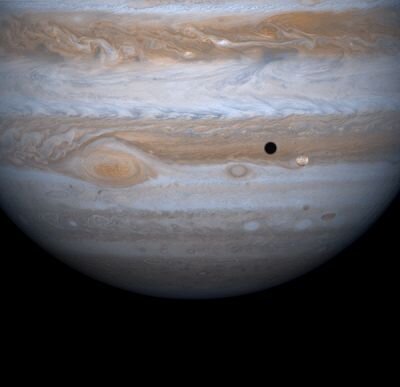
The dust streams, comprising grains no larger than smoke particles, originate in the fiery volcanoes of Jupiter’s moon Io.
The dust stream particles, which carry an electric charge, are strongly influenced by Jupiter's magnetic field. Electromagnetic forces propel the dust out of the Jovian system, into interplanetary space.
Early on in the history of the Solar System, as the planets were being formed, small dust particles were much more abundant.
These charged grains were influenced by magnetic fields from the early Sun, in much the same way as the dust from Io is affected by Jupiter's magnetic field today.
By studying the behaviour of these dust stream particles, we hope to gain an insight into processes that led to the formation of the moons and planets in our Solar System. Dust particles carry information about charging processes in regions of Jupiter’s magnetosphere that are difficult to study by other means.
See Jupiter for yourself...
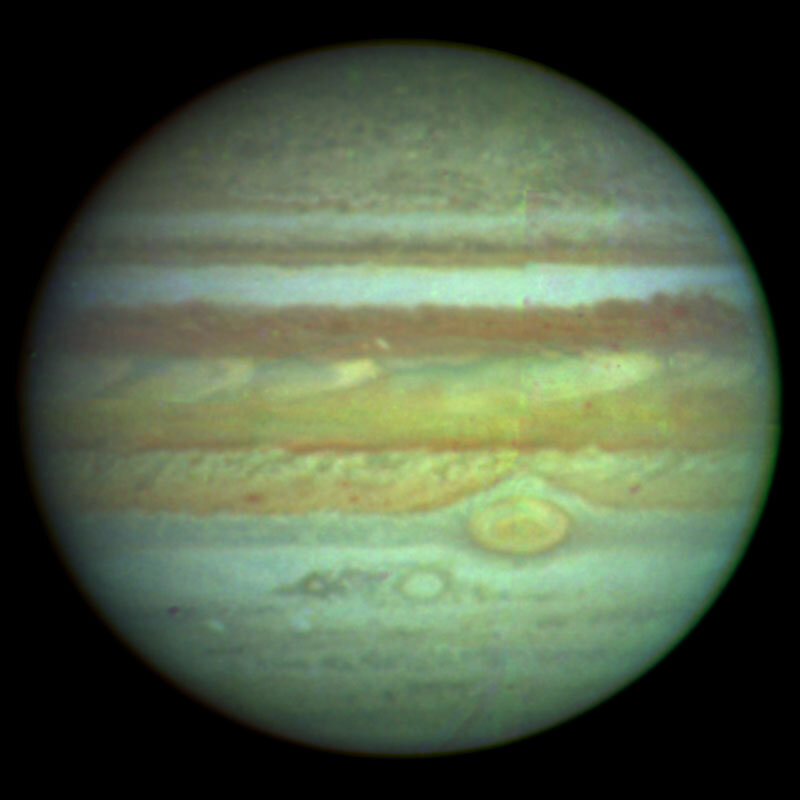
Earth and Jupiter recently had 'close encounter'. They had been approaching one another in their separate orbits and, on 4 March, the two worlds were only 662 million kilometres apart.
That is close on the vast scale of the Solar System. For example, Saturn is 1200 million kilometres away and Pluto is nearly ten times farther away than Jupiter.
This is the the third recent planetary close encounter after Mars last August, and Saturn at the end of 2003. These events are normally called 'oppositions'. That simply means that Jupiter is now in the opposite direction from the Sun, rising in the east when the Sun sets and setting in the west when the Sun rises.
Earth and Jupiter get into opposition every 13 months because, while Earth completes one of its yearly solar orbits, Jupiter, in its 12-year orbit, travels only one-twelfth of its way around the Sun. So, after one year, the Earth and Jupiter are not quite in line for another opposition, but they are close. It takes about another month for the Earth and Jupiter to catch up with each other and once again reach opposition.
But now, although Jupiter and Earth are drifting apart, Jupiter will not dim noticeably for many weeks to come. In fact, Jupiter will be even easier to see after 4 March, because the planet, still very bright, will rise earlier and earlier in the evening sky in the constellation Leo. You will not have to stay up so late to see it, as the planet will be visible from around 1800 CET until dawn.






